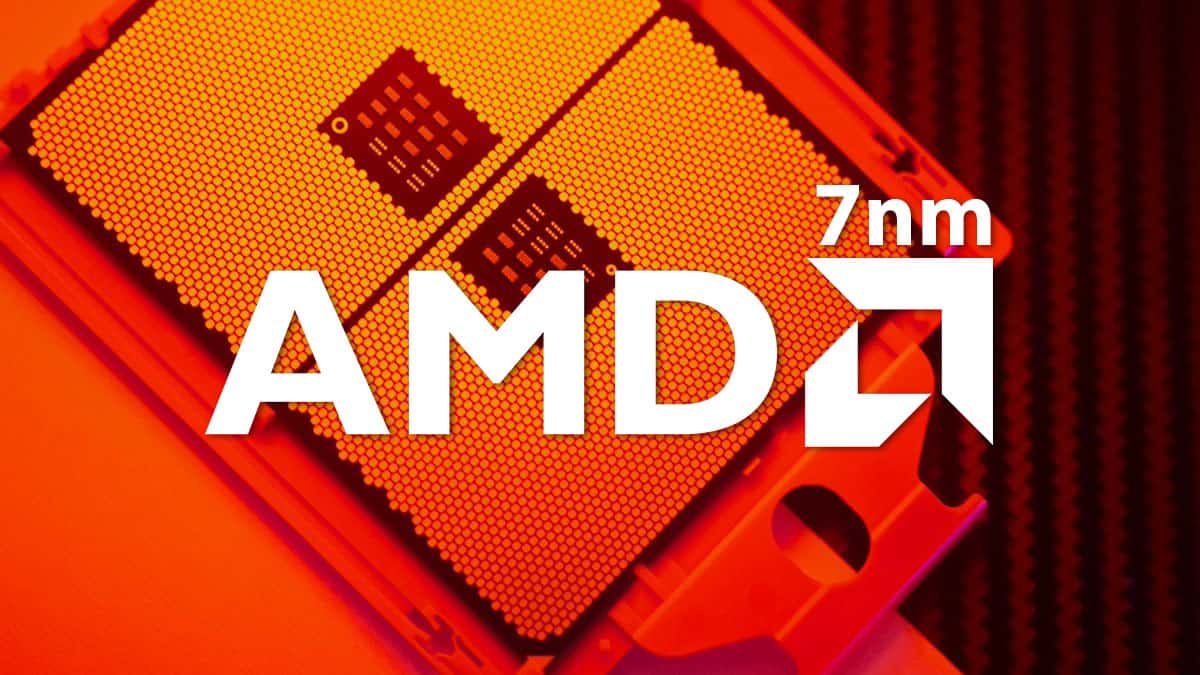The AMD Van Gogh custom APU will use RDNA 2 Architecture. This APU (Accelerated Process Unit) named after the Dutch painter differs from the upcoming Renoir APUs.
With packing a Navi 21 or 23 powered RDNA 2 graphics chip, this will truly be a beast performance-wise. This will also use the 7nm process node just like the current Ryzen 3000 series. Twitter user Komachi_Ensakas spotted the AMD Van Gogh custom APU in a preliminary driver list.
Looks like AMD plans to fully optimize the new APU before it’s official launch. Komachi also created an accurate table to avoid confusion. The table identifies that the GFX10 series graphics are closely linked with each other.
This includes the GFX1031 (Navi 22), GFX1030 (Navi 21) and the GFX1032 which is Van Gogh APU itself. Even though we have heard of the Van Gogh APU, details regarding core count and frequency speeds are still unknown. These custom APUs mostly present in gaming consoles like the PlayStation and Xbox.
We also saw a custom APU in the Intel NUC mini performance-G kit powered with Vega M GH. These may prove capable as the Vega M GH was able to overpower the GTX 1650 4gb quite easily.
This further indicates that AMD might be preparing Mini PCs embedded with Ryzen 4000 series mobile processors and RDNA 2 GPUs via Infinity Fabric interconnect. There is also confirmation that the Apple MacBook and Microsoft Surface will be powered by AMD Van Gogh in the future.
Apple has always relied on AMD when it comes to GPUs. The present Microsoft Surface laptops also have custom AMD Picasso APUs so seeing Van Gogh on both the brands in the future is not a surprise.
This might heavily change things for Apple as the Van Gogh packs some serious graphics capabilities. We have heard complaints about Apple not being a capable gaming machine in the past so Van Gogh sill surely change that.
This year has been the most exciting so far. Even though an epidemic is on the loose, AMD has enough new technology in-store to keep them on comfortable grounds. All we have to do is be patient and look out for benchmarks.
